If you’ve ever stood over a sizzling pan of tempering spices and realized—oh no—you’re out of black mustard seeds, you know the panic. They’re a staple in cuisines around the world, especially South Asian dishes like pickles, dals, and chutneys. But fear not! There are several excellent black mustard seeds substitutes that can rescue your recipe without sacrificing flavor.
In this post, we’ll explore five of the best alternatives to black mustard seeds, explain how each one compares, and give you tips on when and how to use them. Whether you're an amateur cook or a spice connoisseur, this guide has got you covered.
Table of Contents
- Introduction to Black Mustard Seeds
- Why You Might Need a Substitute
- Top 5 Black Mustard Seed Substitutes
- Buying Guide for Mustard Seeds & Alternatives
- How to Use These Substitutes in Recipes
- Comparison Tables: Flavor Profiles & Best Uses
- Final Thoughts
Introduction to Black Mustard Seeds
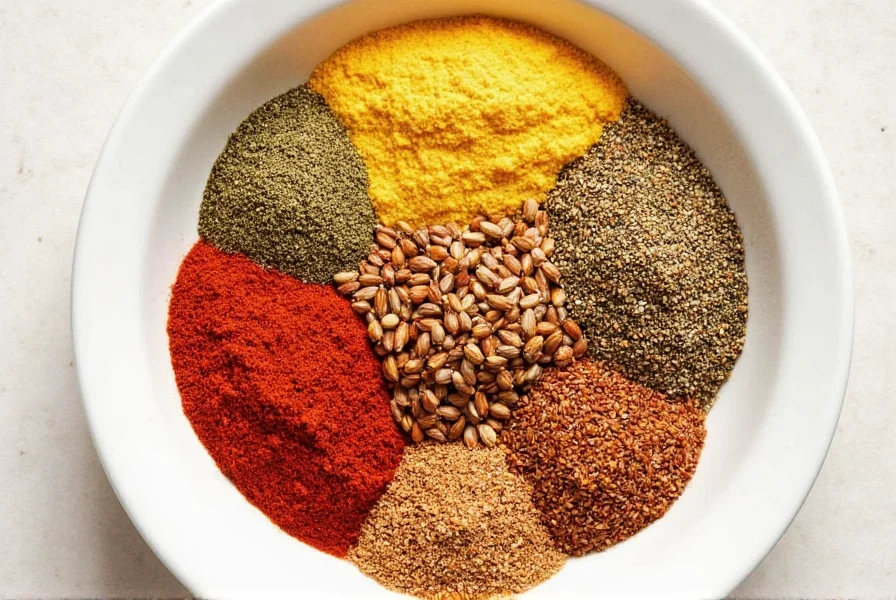
Black mustard seeds (Brassica nigra) are tiny, round, dark brown to black seeds known for their intense heat and nutty aroma when heated. Used extensively in Indian, Mediterranean, and Middle Eastern cuisines, these seeds are typically tempered in hot oil to release their pungent flavor—a technique called tadka or chaunk.
When exposed to moisture or acidic ingredients like vinegar or lemon juice, they produce strong, sharp notes similar to horseradish or wasabi. This makes them ideal for pickling, marinades, and hearty stews.
Why You Might Need a Substitute
Ran out of black mustard seeds? Or maybe you’re allergic, looking for a milder alternative, or simply want to experiment?
- Allergies: Some people have mustard allergies, so they need safe alternatives.
- Dietary Preferences: Looking for lower-heat options or plant-based substitutes.
- Cooking Flexibility: Want to change up the flavor profile of your dish slightly.
- Pantry Shortages: Don’t feel like running to the store just for a teaspoon of seeds.
Top 5 Black Mustard Seed Substitutes
1. Brown Mustard Seeds
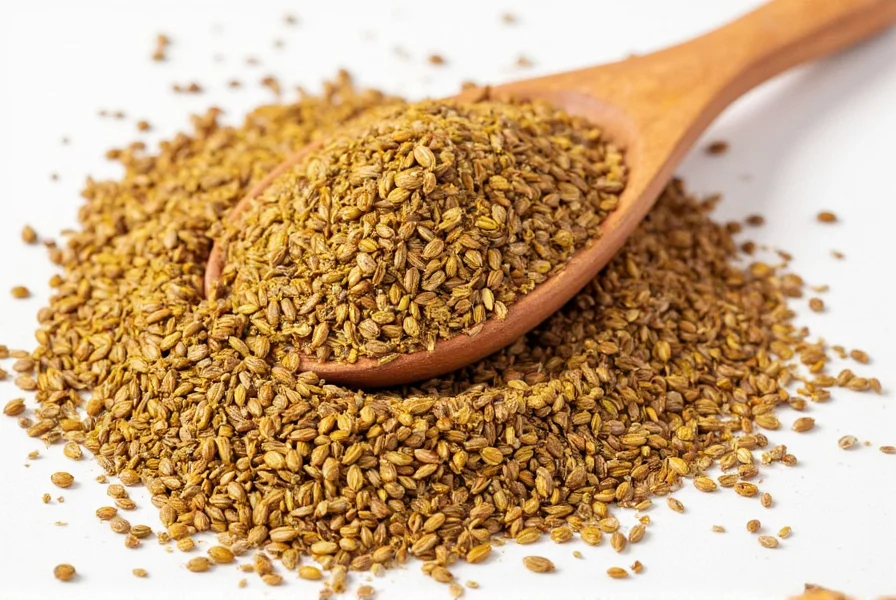
Brown mustard seeds come from a different species than black mustard seeds (Brassica juncea), but they share a similar intensity. They’re slightly milder than black mustard seeds, but still pack a punch when tempered in oil.
- Flavor Profile: Strong, spicy, and slightly earthy.
- Best For: Pickling, curries, tempering, and salad dressings.
- Use Ratio: 1:1 substitution with black mustard seeds.
2. Yellow Mustard Seeds
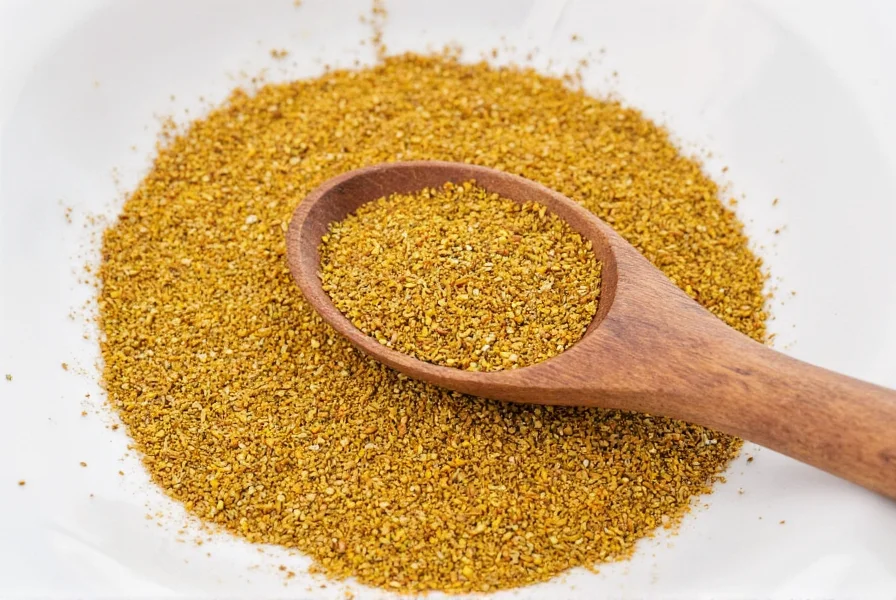
Also known as white mustard seeds, these are much milder and more commonly used in American-style mustard sauces and deli-style dishes.
- Flavor Profile: Mildly peppery, less aromatic than black mustard seeds.
- Best For: Sauces, marinades, coleslaw dressing, and baking.
- Use Ratio: You may need to increase quantity slightly for stronger flavor (about 1.5x).
3. Whole Grain Mustard (as a Paste Substitute)
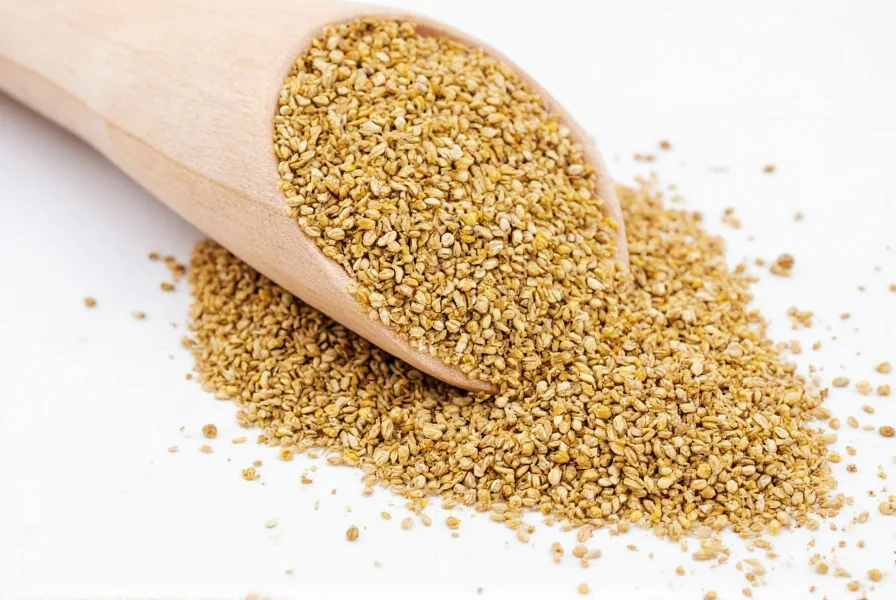
While not technically seeds, whole grain mustard offers a texture and flavor reminiscent of mustard seeds, especially in cold dishes like dressings or vinaigrettes.
- Flavor Profile: Tangy, complex, with visible mustard seed bits.
- Best For: Dressings, marinades, glazes, and sandwich spreads.
- Use Ratio: Use about ½ teaspoon of mustard paste per teaspoon of seeds needed.
4. Horseradish or Wasabi (for Heat Lovers)
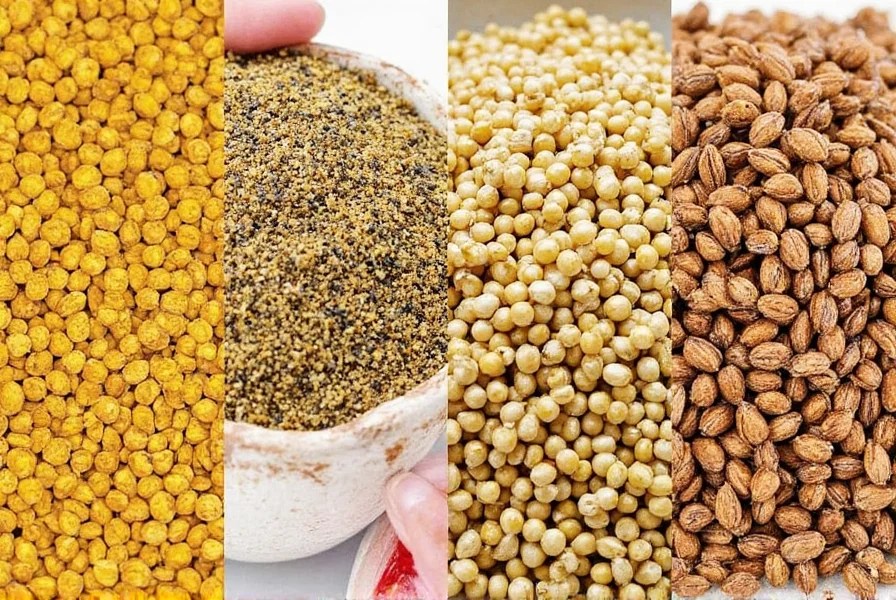
If you're after that fiery zing, horseradish or wasabi roots are great stand-ins, though they offer a different type of heat—more sinus-focused than tongue-burning.
- Flavor Profile: Sharp, pungent, nose-clearing heat.
- Best For: Sushi, condiments, spicy dips, and sauces.
- Use Ratio: Start with small amounts—¼ teaspoon fresh grated equals about 1 tsp mustard seeds.
5. Celery Seeds
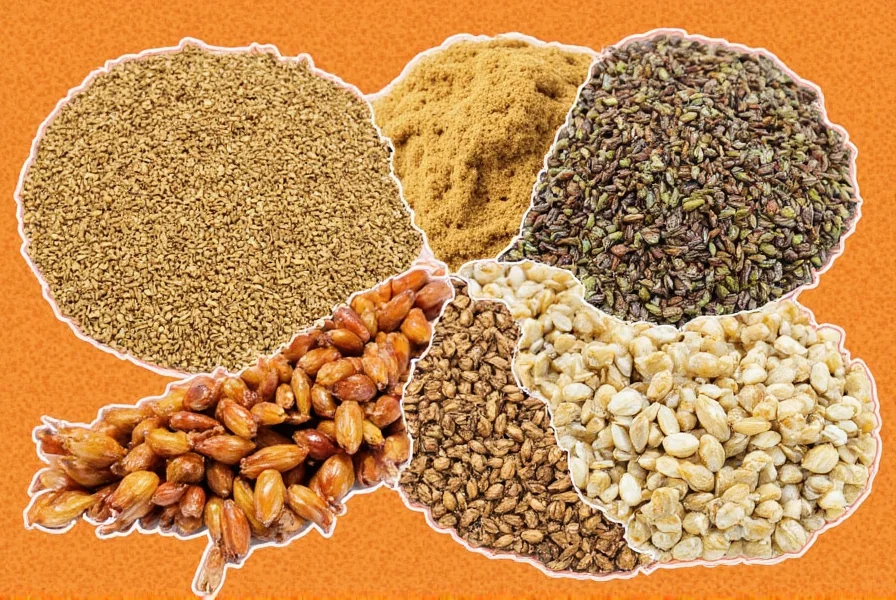
Celery seeds aren’t spicy, but they do bring a bitter, herbal flavor that works well in spice blends and brines. They’re often used in pickling mixes where mustard seeds would be expected.
- Flavor Profile: Earthy, slightly bitter, aromatic with a hint of celery.
- Best For: Brines, pickling, spice rubs, and breads.
- Use Ratio: Use sparingly—start with half the amount of mustard seeds called for.
Buying Guide for Mustard Seeds & Alternatives
Whether you're buying actual mustard seeds or alternatives, it's helpful to understand what to look for in terms of quality, freshness, and application. Here’s a quick breakdown of things to consider:
Choosing Quality Mustard Seeds
| Seed Type | Origin | Flavor Intensity | Best Brands |
|---|---|---|---|
| Black Mustard Seeds | India, Middle East | Strong, pungent | Vintage Tradition, Simply Organic |
| Brown Mustard Seeds | China, Canada | Moderate to high | Fairway, Frontier Co-op |
| Yellow Mustard Seeds | Europe, US | Mild, tangy | McCormick, Thrive Market |
Buying Alternatives
Here’s what to keep in mind when purchasing mustard seed alternatives:
- Whole Grain Mustard: Look for varieties with minimal additives and real mustard seeds visible in the jar.
- Horseradish/Wasabi: Choose freshly grated or refrigerated versions for best flavor. Avoid imitation wasabi made from mustard and green dye.
- Celery Seeds: Opt for organic brands if possible; avoid overly processed or bleached versions.
How to Use These Substitutes in Recipes
Each substitute behaves differently depending on whether you're using it raw, toasted, or cooked. Here’s a breakdown of how to get the most out of each option:
| Substitute | Best Cooking Method | Tips for Use |
|---|---|---|
| Brown Mustard Seeds | Tempering in oil | Perfect for replicating the crackle and heat of black mustard seeds. |
| Yellow Mustard Seeds | Soaking or dry roasting | Ideal for lighter dishes and baked goods. |
| Whole Grain Mustard | Blending into sauces | Add during final stages to preserve texture and flavor. |
| Wasabi / Horseradish | Raw or lightly mixed | Great for finishing touches and cold applications. |
| Celery Seeds | Dry toasting or soaking | Enhances brines and pickling solutions beautifully. |
Comparison Tables: Flavor Profiles & Best Uses
Flavor Comparison Chart
| Substitute | Heat Level | Texture | Aroma | Complexity |
|---|---|---|---|---|
| Black Mustard Seeds | High | Crunchy | Earthy, nutty | High |
| Brown Mustard Seeds | Moderate-High | Crunchy | Spicy, woody | Medium |
| Yellow Mustard Seeds | Low-Medium | Soft crunch | Mild, floral | Low |
| Whole Grain Mustard | Medium | Coarse paste | Acidic, bold | High |
| Wasabi / Horseradish | High (nasal) | Creamy | Sharp, chemical | Medium |
| Celery Seeds | Low | Hard, gritty | Herbal, slightly bitter | Medium |
Best Use Cases at a Glance
| Substitute | Curries | Pickling | Dressings | Baked Goods | Sauces |
|---|---|---|---|---|---|
| Black Mustard Seeds | ✅ | ✅ | ❌ | ❌ | ❌ |
| Brown Mustard Seeds | ✅ | ✅ | ✅ | ❌ | ✅ |
| Yellow Mustard Seeds | ✅ | ✅ | ✅ | ✅ | ✅ |
| Whole Grain Mustard | ❌ | ❌ | ✅ | ❌ | ✅ |
| Wasabi / Horseradish | ❌ | ❌ | ✅ | ❌ | ✅ |
| Celery Seeds | ✅ | ✅ | ✅ | ✅ | ❌ |
Final Thoughts
While nothing quite matches the unique kick of black mustard seeds, these five substitutes provide versatile options depending on your recipe and taste preferences. Whether you're making a fragrant dal tadka, a zesty relish, or a savory pickle, there’s a suitable replacement waiting in your pantry.
Remember, cooking is all about experimentation. Try these alternatives, tweak ratios to suit your palate, and don’t be afraid to combine flavors for a new twist on old favorites.
And the next time you run out of black mustard seeds, you’ll know exactly what to reach for!
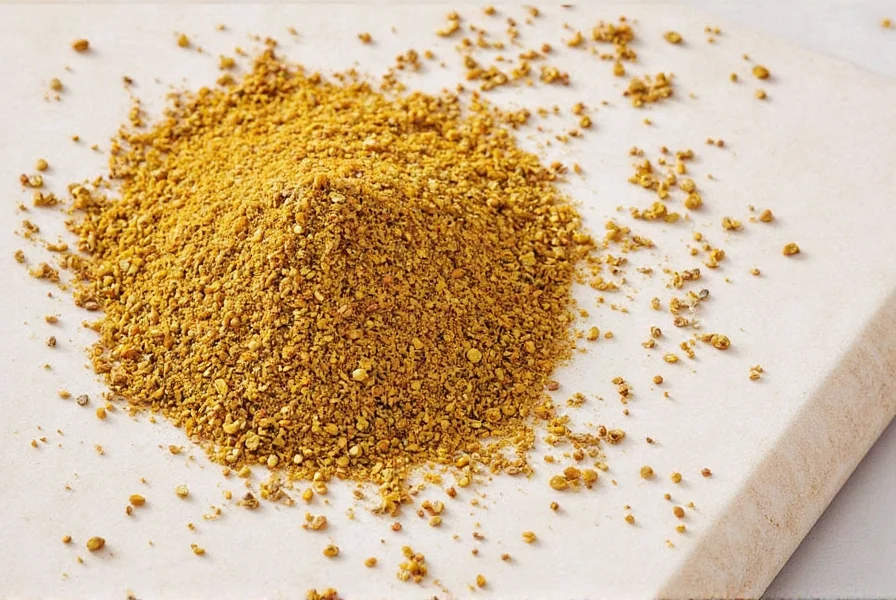

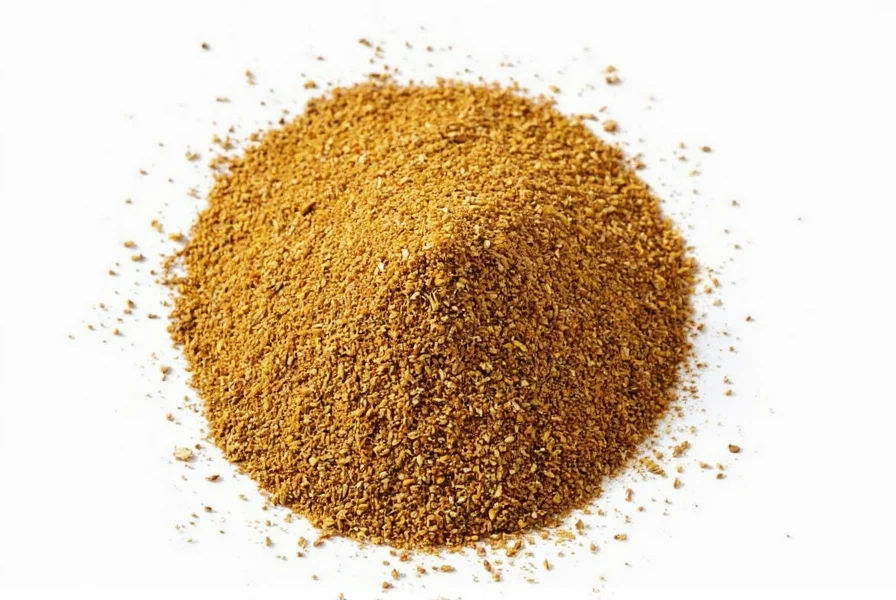









 浙公网安备
33010002000092号
浙公网安备
33010002000092号 浙B2-20120091-4
浙B2-20120091-4